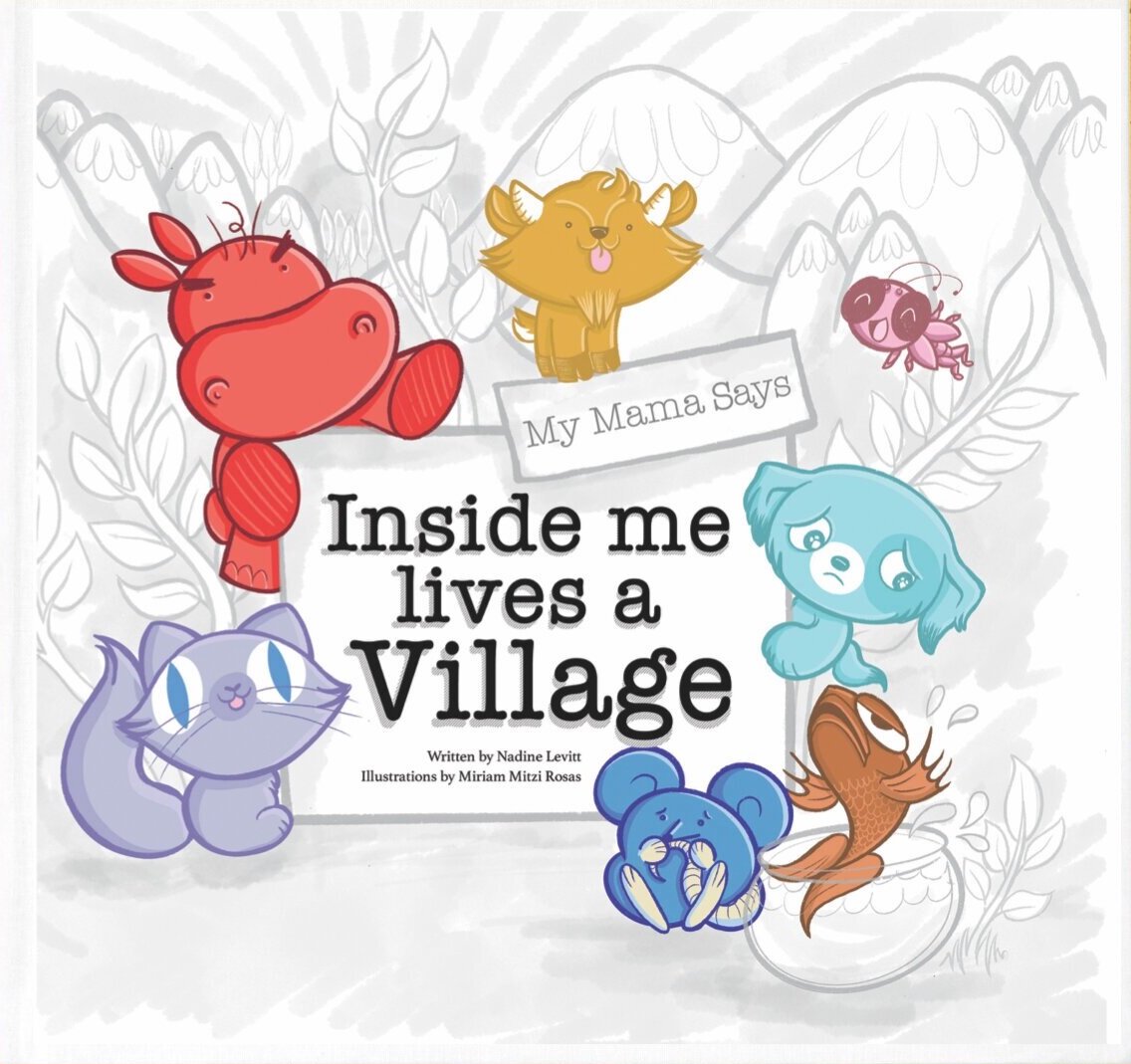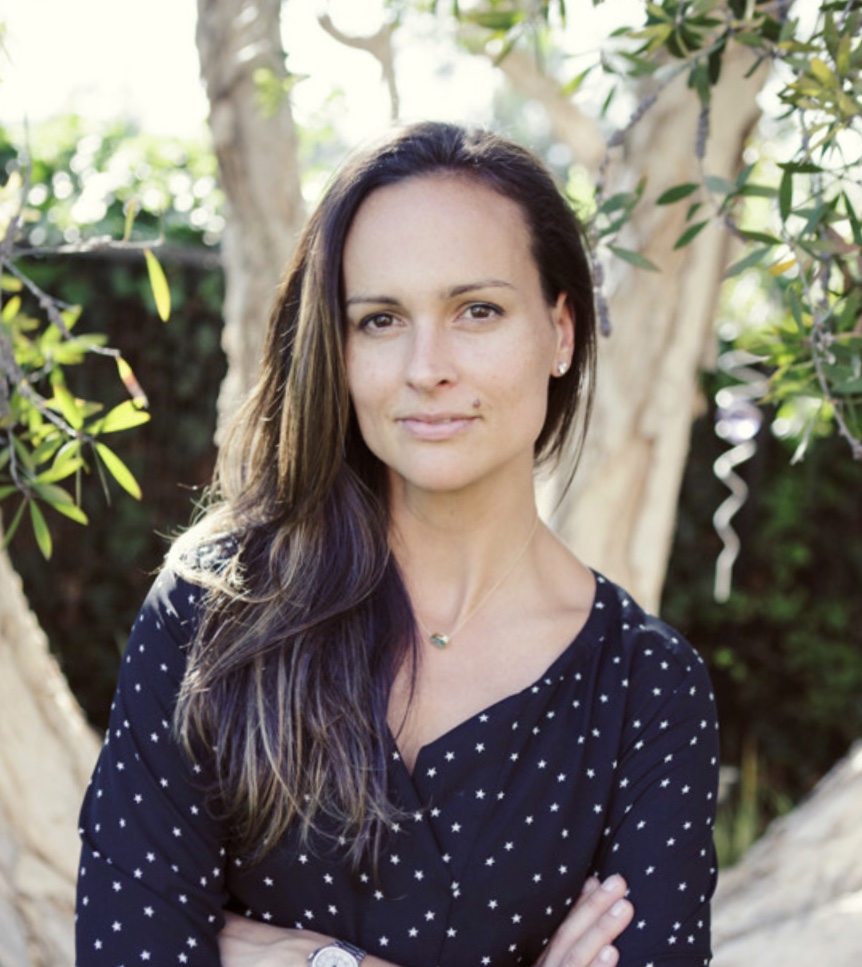As the pandemic continues on, children have a variety of big feelings about what is going on around them. It’s an understatement to say being stuck at home is isolating and stressful for our kids. They miss school, their friends, and their normal routine.
I have been lucky enough to be able to continue school workshops with my book My Mama Says Inside Me Lives A Village, and have visited with dozens of schools virtually, reading the book and then leading a conversation about how we have healthy relationships with our emotions. There is a noticeable difference in the emotions kids identify with today, versus last year when I visited schools in person. A year ago kids would say they feel happy, excited, nervous, and sometimes shy. But there was a resounding optimism in the air. Today I get kids saying they feel angry, lonely, frustrated, and overwhelmed.
And with further lockdowns likely in many cities, big feelings usually only get bigger.
But times like these also offer a great opportunity to start conversations about feelings, so that kids understand that their emotions aren’t “bad” or “wrong” in any way. Our behavior is what is “bad” or “good”, but not the emotion itself. Indeed, it’s often helpful to point out that every emotion has a purpose, and judging them as being “bad” is only going to hurt your relationship with your emotions. And the better our relationship with our emotions, the easier it will be to direct them.
Developing the skills to identify and acknowledge our feelings, is essential for self-regulation – which in turn is needed for one’s emotional and physical wellbeing. And it’s remarkable how a book – which, through it’s storytelling keeps the lessons objective and not personal – can help teach emotional intelligence in a fun and natural way.
But check the book you are using first and make sure it’s in line with your thinking. As a parent, I found it hard to find material that I wholeheartedly agreed with. For example, I feel it is much more empowering to teach our kids that emotions don’t control us and we don’t control our emotions, but they live inside of us all the time, sometimes getting louder to get our attention and sometimes getting quieter. So it’s a relationship that we need to foster (similar to a village), and the better our relationship to those emotions, the easier it will be to direct them.
I also felt strongly that My Mama Says Inside Me Lives A Village was really meant to start a conversation, and any supporting curriculum should be very interactive and hands-on. We all learn in different ways, and an Integrated Arts approach to such SEL learning allows that personalized learning journey. Kids might have that lightbulb moment as they are drawing, dancing, or acting. Certainly, they will take more ownership when we let them become teachers.

Here are some activities I use to integrate social-emotional learning after reading My Mama Says Inside Me Lives A Village. These activities empower kids to identify and acknowledge their emotions without judgment.
Art: Using the book worksheets or the coloring book, let your child choose a character, and have them identify the emotion it represents. Color the character to match that emotion. Use this as an opportunity to talk about the emotion – when does it come up for them? Does it come alone or is it usually with another emotion/character? What are the tools we can use to direct them? Cut out the characters and create your own village on your wall, include “stations for tools to direct too (for example include a Music Hall for listening to music or a Free Hugs bench for a hug, etc).
Creative Writing: Use the worksheets (or create your own) to write a creative story about the emotion. Thought starters might be “Does this character live inside of you? If so, when does it come up for you? How do you direct it, and does it listen to you when you direct it?
Music: Every character needs a theme song. Ask your child to listen to music and identify what emotions are reflected in it, then assign a song to each character.
Dance: Using the playlist created for the characters, think about how each character would move to the music. Where do they feel it in their bodies when it comes up? Is it heavy or light somewhere?
Theatre: Play a game of emotional charades. Have your child or children pick a character and then act them out one by one using body language only (no speaking). Your family can try and guess what the character is.
We offer a curriculum around the book for social and emotional learning, which is being used in hundreds of schools in California, Illinois, Michigan, New York, Pennsylvania, and Texas. To learn more about The Village of Teachers or to try these activities at home, go to www.mymamasays.com/village for more information.
With all the stress we are feeling around COVID-19 and being stuck at home, now more than ever is the time to help our kids develop emotional intelligence and direct the many emotions they are feeling.


